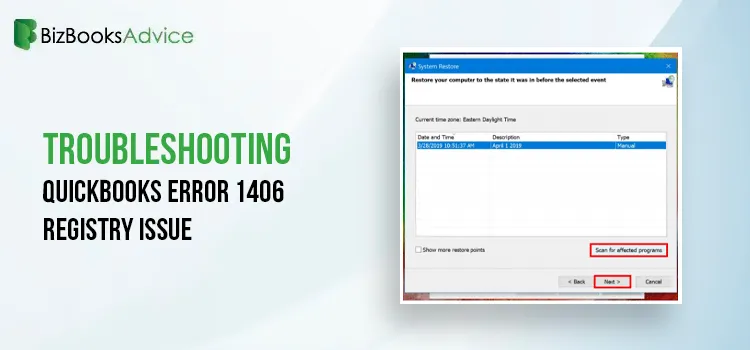
Fix QuickBooks Error Code 1406 & Get Your Software Installed
Failed to install or update QuickBooks Desktop and getting QuickBooks error code 1406? Th......
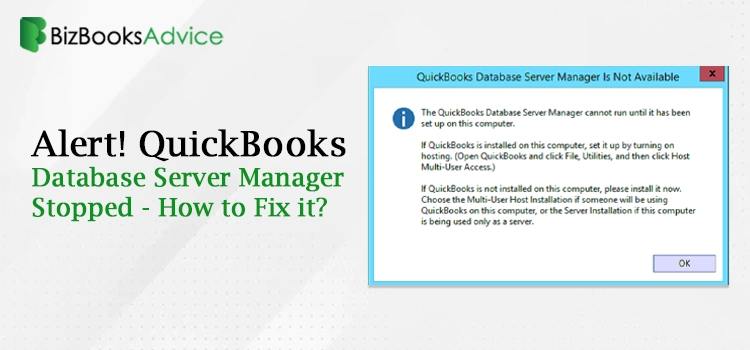
QuickBooks Database Server Manager Stopped? Let’s Fix It Out
Are you confronting the QuickBooks Database Server Manager Stopped issue?Well, it usually happens wh......
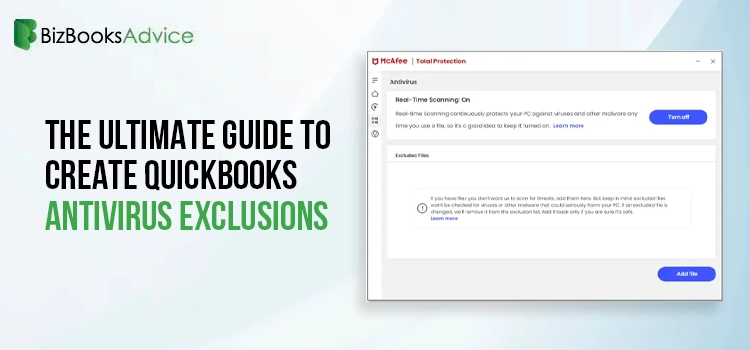
Expert Tips to Create QuickBooks Antivirus Exclusions
Installing a safe and secure antivirus software in your system must be the utmost priority for users......
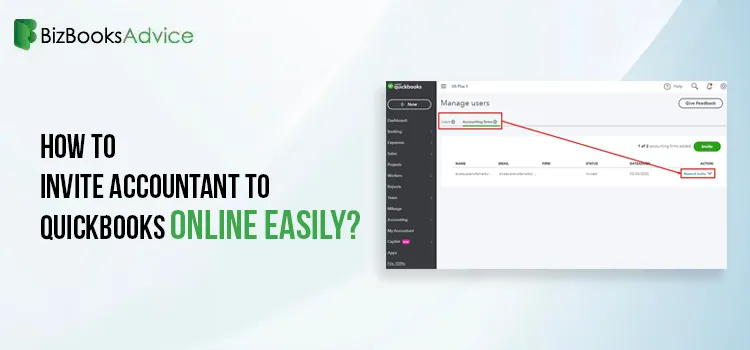
How to Invite Accountant to QuickBooks Online: A Step-by-Step Guide
Want an expert’s suggestion to make your company’s financial operations run smoothly? We......
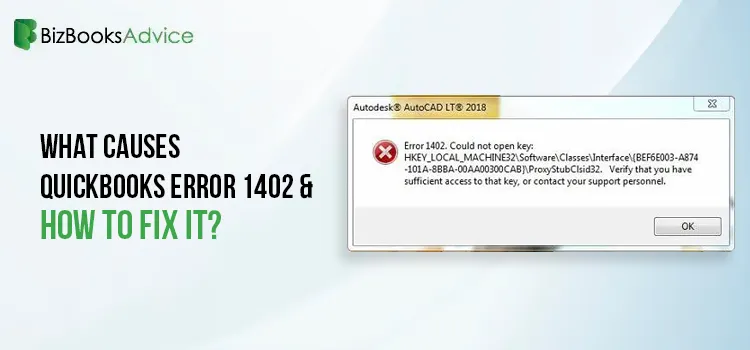
QuickBooks Error 1402 During Installation? Here’s How to Fix It
Finding it difficult to install the QuickBooks Desktop and struggling with QuickBooks Error 1402?&nb......
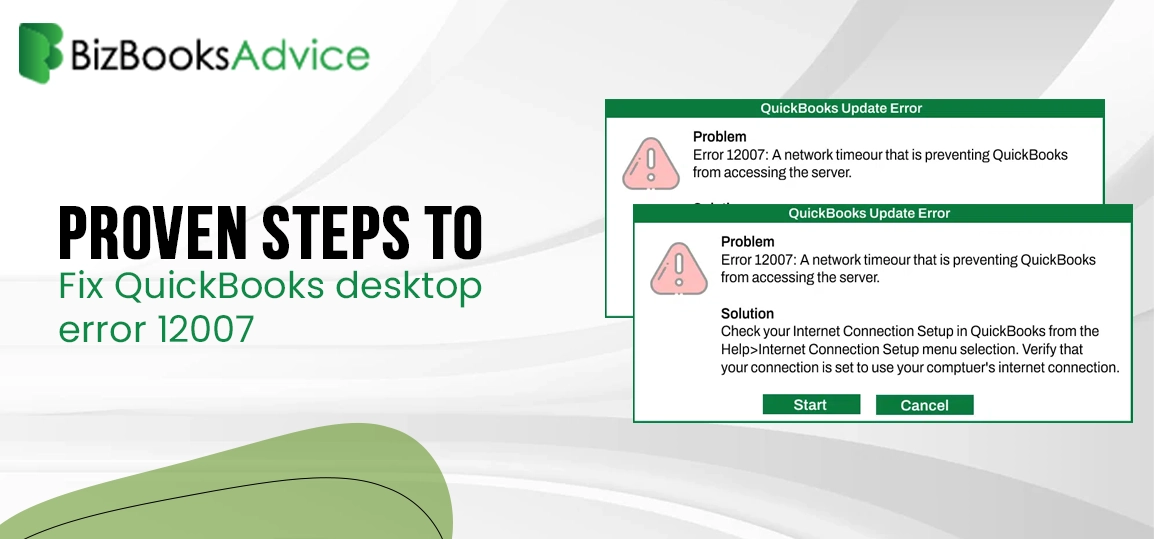
How to Rectify QuickBooks Error 12007? [Easy Methods]
QuickBooks has undoubtedly revolutionized the finance industry by accelerating the growth and effici......
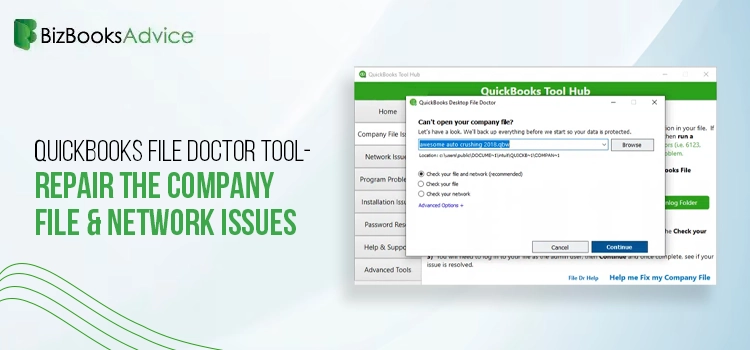
QuickBooks File Doctor Tool- Repair the Company File & Network Issues
Are you getting an error message while trying to open the QuickBooks company file or seeing corrupt ......
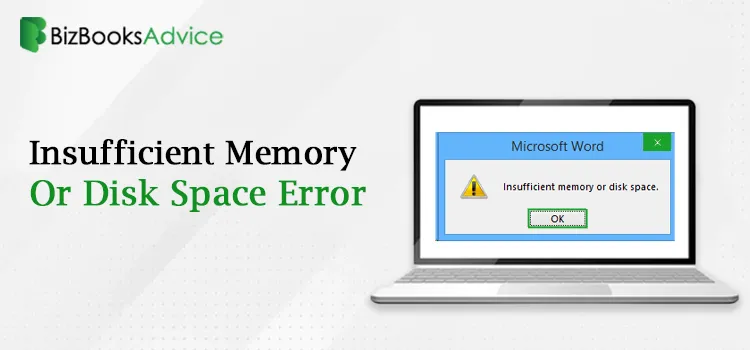
Fast Fix for QuickBooks Insufficient Memory or Disk Space Issues
QuickBooks is the foremost choice of businesses as it provides top-notch features and functions to m......
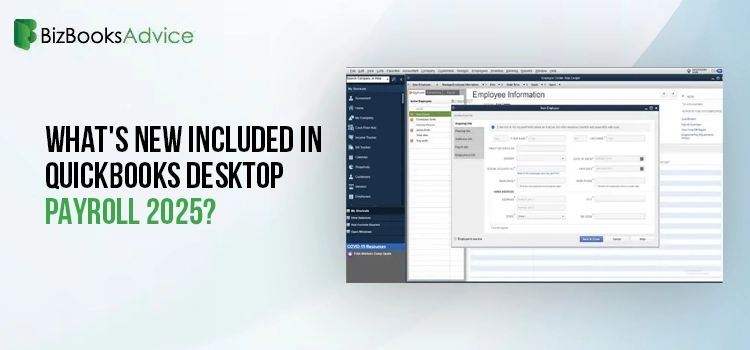
How to Use QuickBooks Desktop Payroll for Small Business
Payroll is found to be one of the most tedious, time-consuming, and challenging tasks, and it requir......

